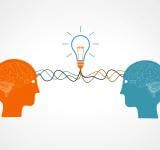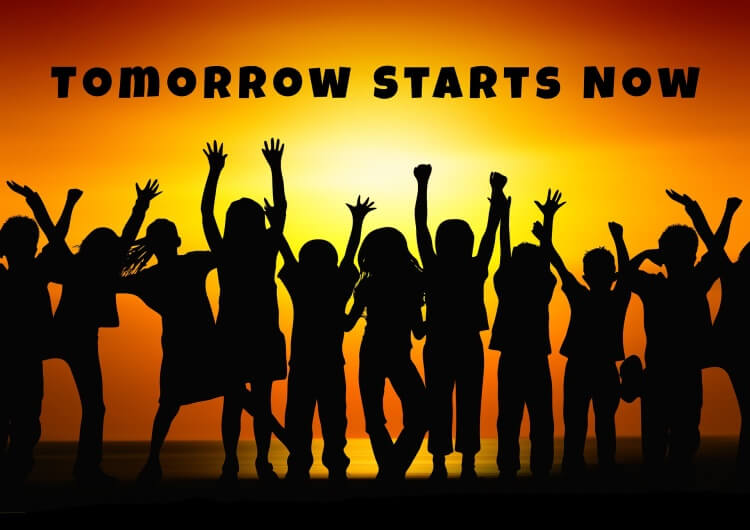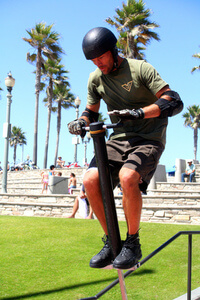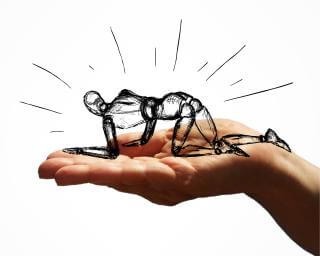After many years as a physical educator, I’ve learned that three key ingredients have to combine for students to successfully learn athletic skills or improve their physical abilities; potential, effort, and opportunities. Eliminating or limiting any of these parts drastically reduces a student’s chances of success. Even more importantly, I’ve also learned that as a teacher I can most directly influence the creation of learning opportunities.
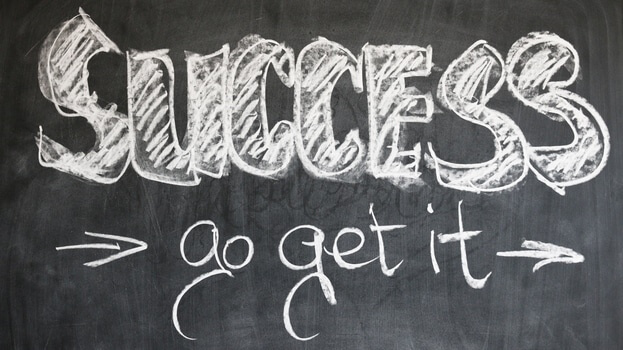
Potential involves a combination of genetic factors, environment, and prior experience with the skill being attempted. For example, it’s likely that a student who is shorter will find it difficult to out-rebound a taller player. People who tend to be better jumping hurdles have longer legs and gymnasts tend to be shorter and muscular. When it comes to environment and prior experience, if I have students who have spent time at softball tournaments watching parents and siblings play, they tend to have greater know-how and aptitude when it comes to swinging bats versus peers who have never held a bat or seen a game.
We also know from research that there tends to be a transfer of skill between certain types of activities. Doing activities that have similar elements to previously learned skills affects how one performs. Students in my classes that pick up unicycling the quickest tend to be skateboarders first, horseback riders second, gymnasts third, followed by everyone else. In all likelihood, they learned faster because of their prior involvement in balance oriented sports. Being familiar with the environment, like surfers living near the ocean or skiers in the mountains, influences people’s potential to achieve. A Sherpa used to living at a higher altitude has a body better prepared to climb higher on Mount Everest. Clearly, physical educators and coaches have very little control over genetic and experiential factors such as these that affect a student’s performance potential.
